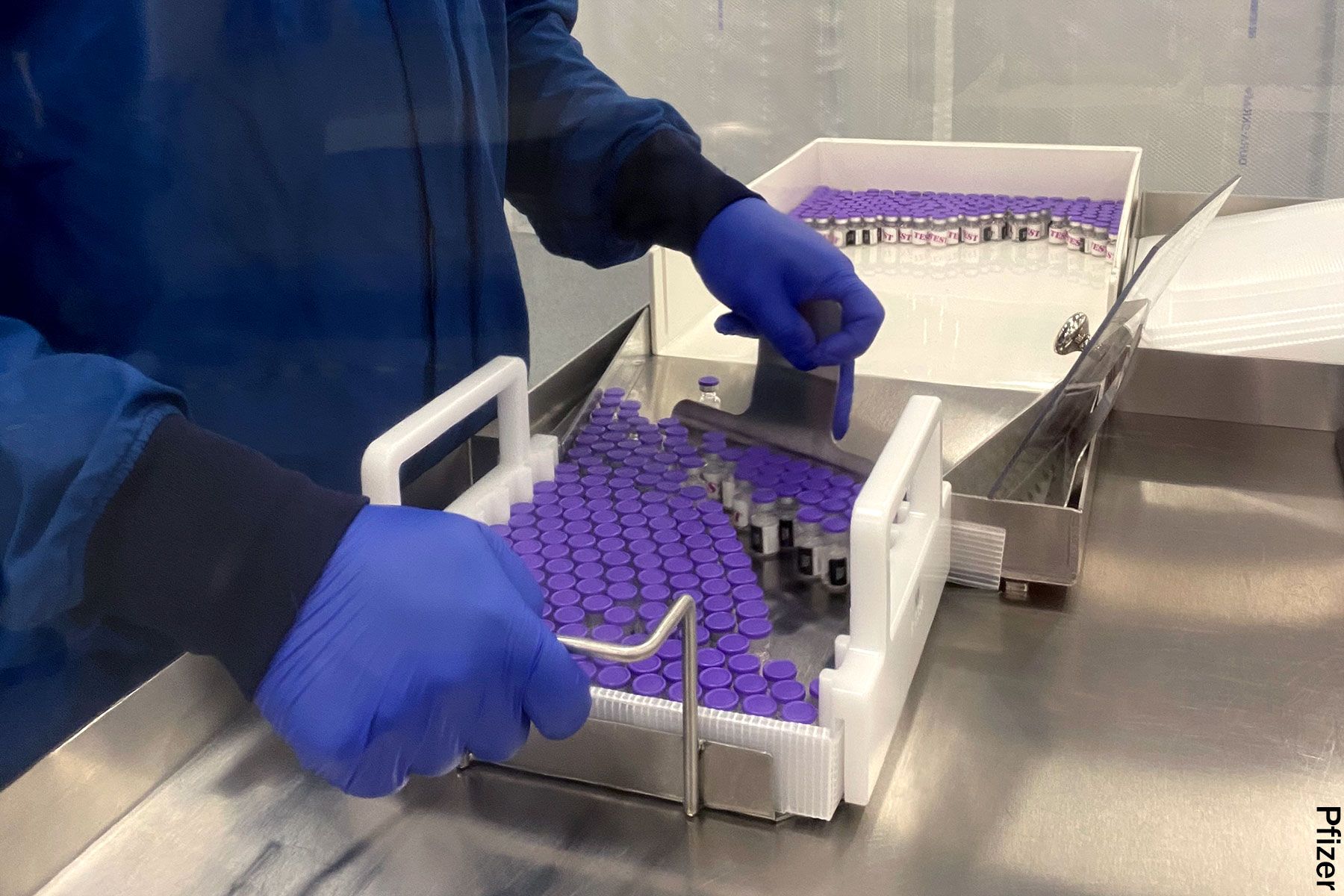A Breakthrough in Alzheimer's Disease Treatment: Targeting β2-microglobulin
Alzheimer's disease (AD) is the most common form of dementia. Its hallmark pathological features are amyloid plaques and neurofibrillary tangles in the brains of AD patients.

Alzheimer's disease (AD) is the most common form of dementia. Its hallmark pathological features are amyloid plaques and neurofibrillary tangles in the brains of AD patients. For over four decades, scientists have focused on β-amyloid (Aβ), the protein that makes up amyloid plaques. Despite strong genetic evidence supporting Aβ's central role in AD, the high failure rate of therapeutics targeting Aβ has led to a rethinking of intervention strategies.
A study published on March 2, 2023 by Professor Xin Wang's team at Xiamen University has discovered a novel target for AD treatment: β2-microglobulin (B2M). B2M is a subunit of major histocompatibility complex I (MHC-I) and is responsible for immune functions such as antigen presentation and T cell responses. However, B2M can also exist in a free form in vivo.
The study found that B2M in peripheral blood can cross the blood-brain barrier into the central nervous system (CNS) and impair neuronal synaptic function by inhibiting NMDA receptors, which may be the pathological mechanism of several cognitive impairment diseases. In addition to being an immune factor, B2M is an amyloid protein that aggregates and deposits in the kidney and bone under certain pathological conditions, but it is not clear whether B2M aggregates and deposits in the CNS.
On June 1, 2023, Professor Xin Wang's team at Xiamen University published a paper in Nature Neuroscience titled "β2-microglobulin coaggregates with Aβ and contributes to amyloid pathology and cognitive deficits in Alzheimer's disease model mice". The study found that β2-microglobulin (B2M) binds to Aβ and exacerbates its neurotoxicity in brain tissue from AD patients. Cognitive deficits in AD mice could be significantly reversed by targeting B2M removal or interfering with B2M-Aβ binding.
It re-examines the amyloid theory and proposes a new strategy to intervene in peripheral B2M to alleviate the neuropathology of AD. The research team found that B2M levels were significantly upregulated in the brain tissue of Alzheimer's patients and that B2M co-aggregated with Aβ and localized to the core region of amyloid plaques.
In the recent study, Professor Wang Xin and his team discovered that levels of B2M were significantly higher in the brain tissue of Alzheimer's patients. They also found that B2M co-aggregated with Aβ and was located in the core region of amyloid plaques. When B2M levels were increased in the brains of Alzheimer's disease 5×FAD mice, it led to an increase in amyloid plaque deposition. This increase was independent of MHC-I. However, when B2M levels were artificially lowered in the brain, it reduced amyloid plaque deposition and improved cognitive function in the Alzheimer's mouse model.
The research team also found that reducing the toxic copolymer formed by the binding of B2M and Aβ is a possible strategy. They obtained a peptide called P3, which can inhibit the formation of this toxic copolymer. Injecting P3 peptide into the brains of Alzheimer's disease mouse models significantly reduced amyloid plaque and improved cognitive function.
B2M can cross the blood-brain barrier and enter the brain from the blood. In fact, a large amount of B2M is present in the blood, with nearly half of it coming from outside the brain. The team discovered that removing peripheral B2M by injecting a small amount of antibody intravenously improved cognitive function in a mouse model of Alzheimer's disease without causing brain edema or bleeding.
In conclusion, Professor Wang Xin's team identified a type of amyloid copolymer, B2M-Aβ, that is crucial for the development of Alzheimer's disease. They also found that B2M is a key factor in mediating amyloid toxicity. Since B2M can cross the blood-brain barrier, targeting peripheral B2M is suggested as a potential treatment for Alzheimer's disease.
What's Your Reaction?





















